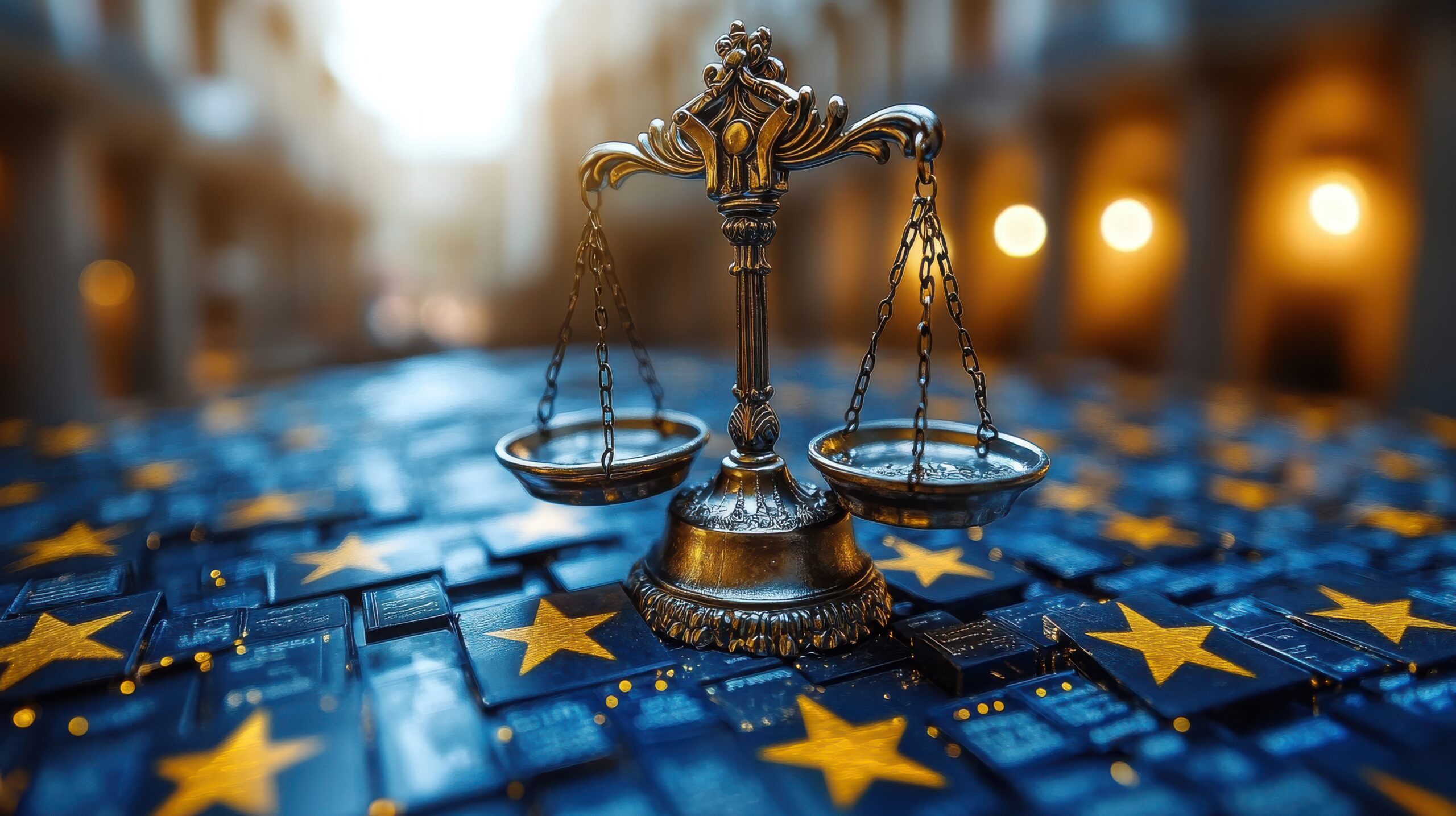In this guest post from SAP, discover how recommerce offers brands a clear path to compliance while creating new revenue opportunities and strengthening their market position. Learn practical steps to implement recommerce models and future-proof your brand.

Keywords
As we step into 2025, the European Union continues to lead the charge in promoting sustainable practices through an ambitious regulatory framework. With initiatives like the EU Taxonomy, the Sustainable Corporate Governance directive, and the Circular Economy Action Plan (CEAP), businesses are under increasing pressure to align their operations with stringent environmental, social, and governance (ESG) standards. For brands navigating these changes, recommerce business models offer a pathway not only to compliance but also to new revenue streams and enhanced brand positioning.
Recommerce, which encompasses the resale, refurbishment, and recycling of products, aligns seamlessly with the EU’s regulatory push towards circularity. Here’s how recommerce business models can help brands thrive in this new landscape:
The EU’s regulatory framework for 2025 underscores the importance of transitioning to sustainable business models. Recommerce offers a compelling solution, enabling brands to comply with stringent requirements while unlocking new opportunities for growth and differentiation. By embracing circularity through recommerce, companies can future-proof their operations, delight environmentally conscious consumers, and position themselves as leaders in the sustainability revolution.
In a world where regulatory demands and consumer expectations converge, recommerce is not just a compliance strategy—it’s a business imperative. Start your journey today, and transform compliance challenges into opportunities for innovation and growth.
Discover how to avoid the pitfalls of greenwashing and build genuinely sustainable strategies that foster trust, align with regulations, and drive long-term business growth.


Explore how these 2025 Experience Award winners elevated product experiences by centralizing data, automating workflows, scaling globally, and...
Read more
Welcome to the digital shelf: the online space where products are discovered, evaluated, and purchased. Whether you’re aiming to boost visibility,...
Read more
As more brands are transitioning to Digital Product Passports (DPP), there are crucial steps that need to be taken to ensure that brands are...
Read more